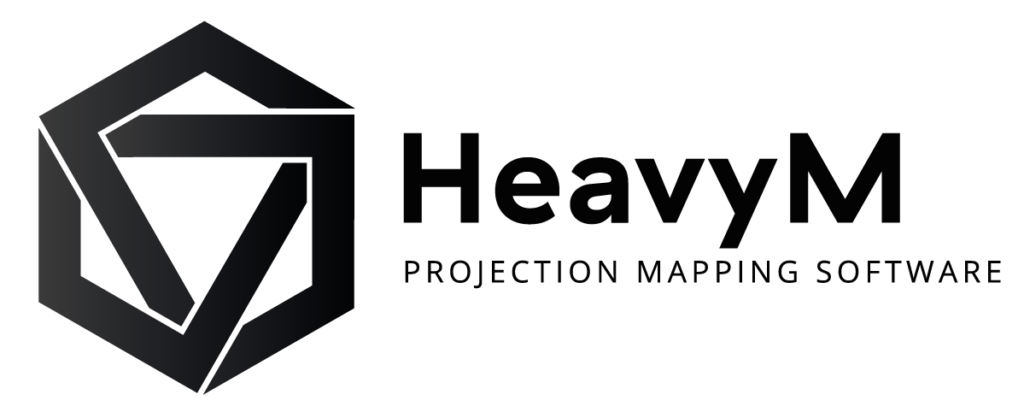Transforming spaces with 3D Projection on Walls
I’ve got a secret to share with you. It’s about a technology that’s been quietly transforming the way we experience the world around us. It’s called 3D projection on walls, and it’s not just for sci-fi movies anymore.
Imagine walking into an event or an art show where every visual takes your breath away. That’s what’s happening nowadays with the magic of 3D projection – it’s literally changing how we experience everything from artwork to business bashes. It’s turning boring, flat walls into interactive, immersive experiences that’ll leave you wondering what’s real and what’s illusion.
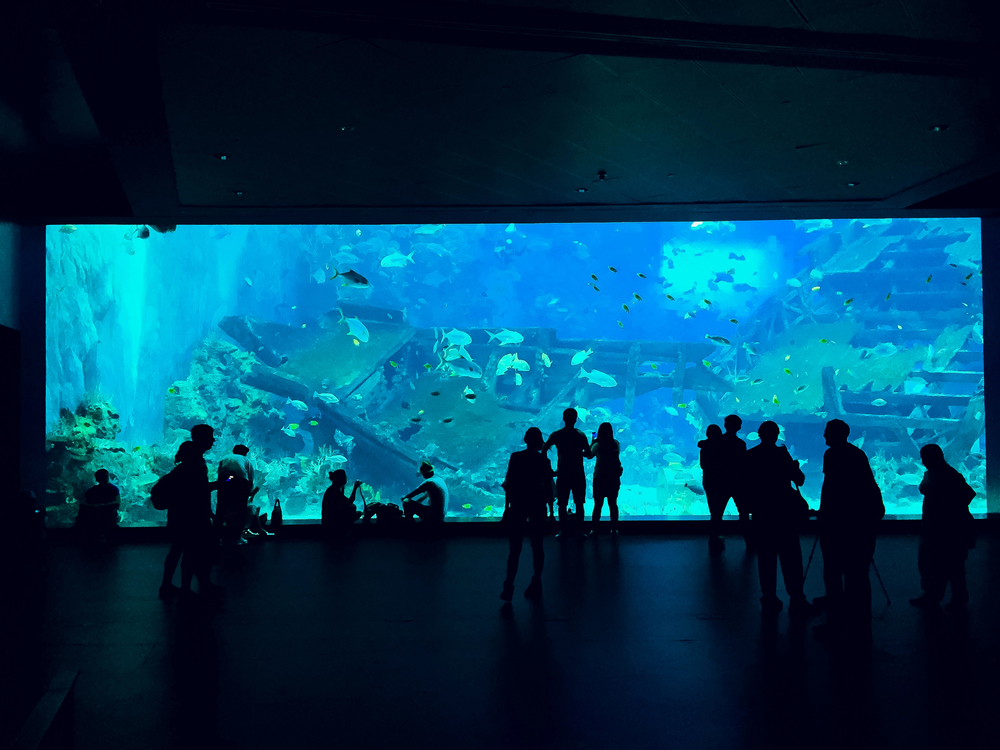
The Magic of Projection On Walls at Live Events
Creating Immersive Worlds with Projection On Walls
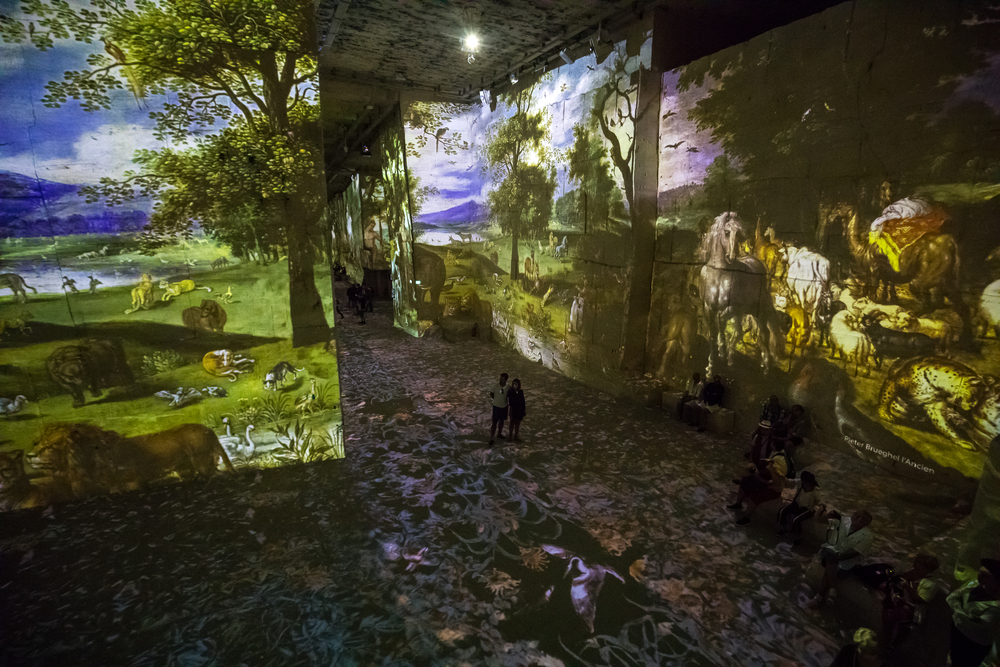
Projection On Walls in Corporate Events
In the corporate world, projection on walls is becoming an increasingly popular tool for making a big impact at conferences, product launches, and other key events. By transforming bland conference rooms into dynamic, branded environments, businesses can create a more engaging and memorable experience for attendees.
The Art and Science Behind Video Projection
Crafting Content for Projection On Walls
One of the most critical aspects of any projection project is the content. After all, even the most technically advanced setup is only as good as the visuals it’s projecting. That’s where content creators come in.
Video Displays Beyond the Ordinary
As video displays become more advanced and more accessible, we’re seeing them pop up in all sorts of unexpected places. Retail stores, museums, and even public spaces are all embracing the power of video to create more engaging and immersive experiences.
Modular Backdrops and Their Role in Projection On Walls
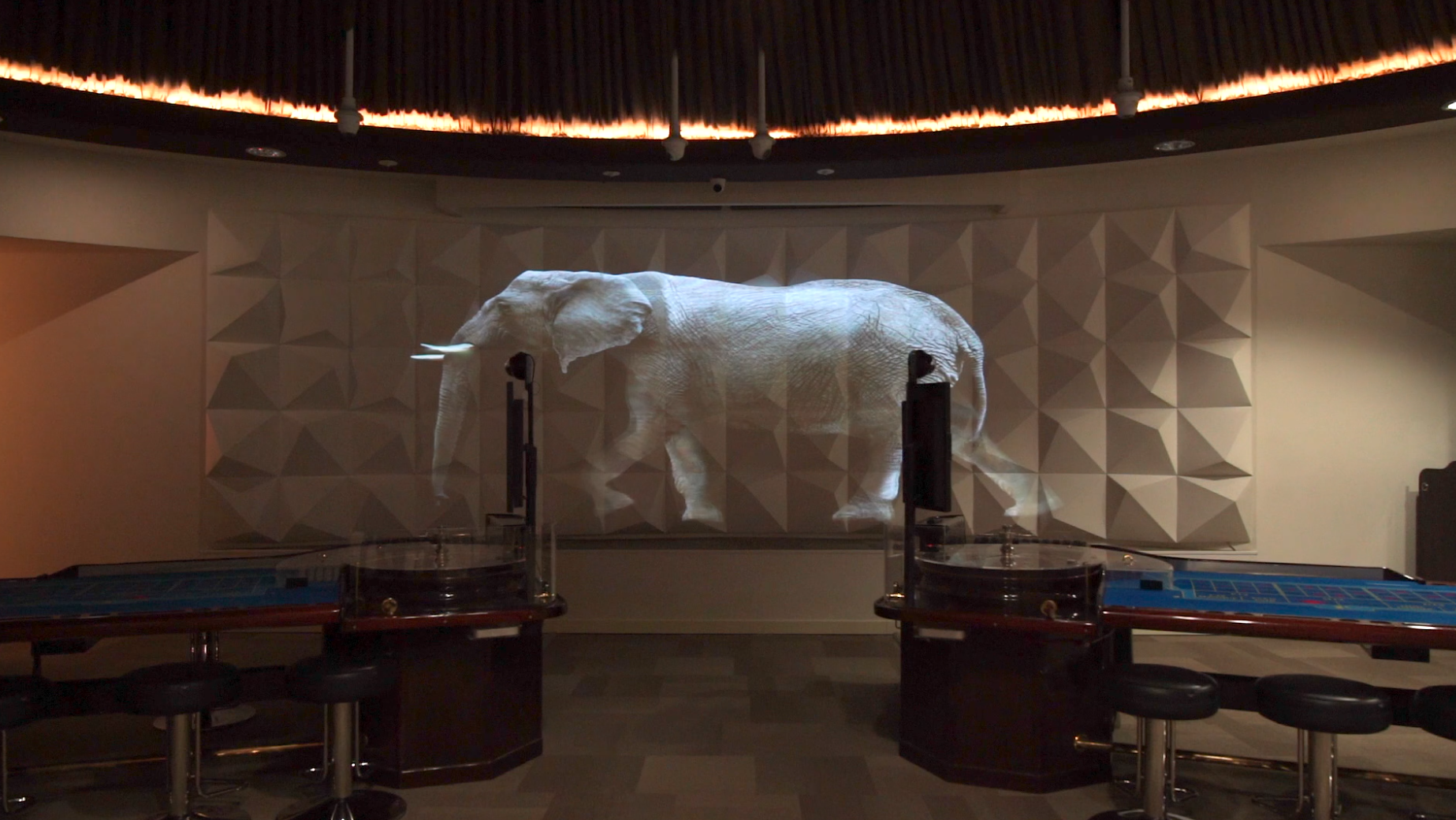
The Technical Mastery of Projection On Walls
Of course, none of the magic of projection mapping would be possible without the right software. Projection mapping software is the backbone of any mapping project, allowing creators to map out surfaces, create content, and control the final output.
Choosing the Right Projection Software
When selecting projection mapping software, there are a few key factors to consider. First and foremost, you’ll want to look for software that is compatible with your hardware setup, including your projectors and any media servers you may be using.
Engaging Retail Spaces with Projection Technology
Projection on walls isn’t just for live events – it’s also making a big impact in the world of retail. More and more stores are using projection technology to create interactive displays that engage customers and create a more memorable shopping experience.
Designing a Seamless Setup Process for Projection On Walls
From selecting the right video projectors to mapping out the display surface, there are countless details that go into creating a seamless projection experience.
The Evolution of Visual Content in Public and Industrial Landscapes
In industrial landscapes, projection on walls is being used to create everything from interactive art installations to immersive training simulations. By transforming these often-overlooked spaces into dynamic, engaging environments, projection mapping is helping to bridge the gap between the industrial and the creative.
Innovative Applications of Projection on Physical Objects
Maximizing Audience Engagement Through Projection On Walls
At the end of the day, the goal of any projection on walls project is to engage audiences and leave a lasting impression. Whether it’s at a corporate conference, a music festival, or an event gala, projection mapping has the power to create truly unforgettable experiences.
But engaging audiences through projection on walls requires more than just flashy visuals – it requires a deep understanding of human psychology and behavior. By crafting content that resonates with audiences on an emotional level, and by using techniques like interactivity and gamification, projection mapping can create experiences that are truly immersive and transformative.
3D Projection on Walls for Entertainment and Education
When most people think of projection mapping, they think of large-scale events and installations. But projection mapping can also be used on a smaller scale to create engaging experiences in more intimate settings.
One of the most exciting applications of projection mapping on a smaller scale is in the realm of entertainment and education. By projecting 3D visuals onto walls and other surfaces, creators can transport audiences to new worlds and teach them about complex subjects in a way that is both engaging and memorable.
Transforming Spaces with Architectural Elements and Animated Content
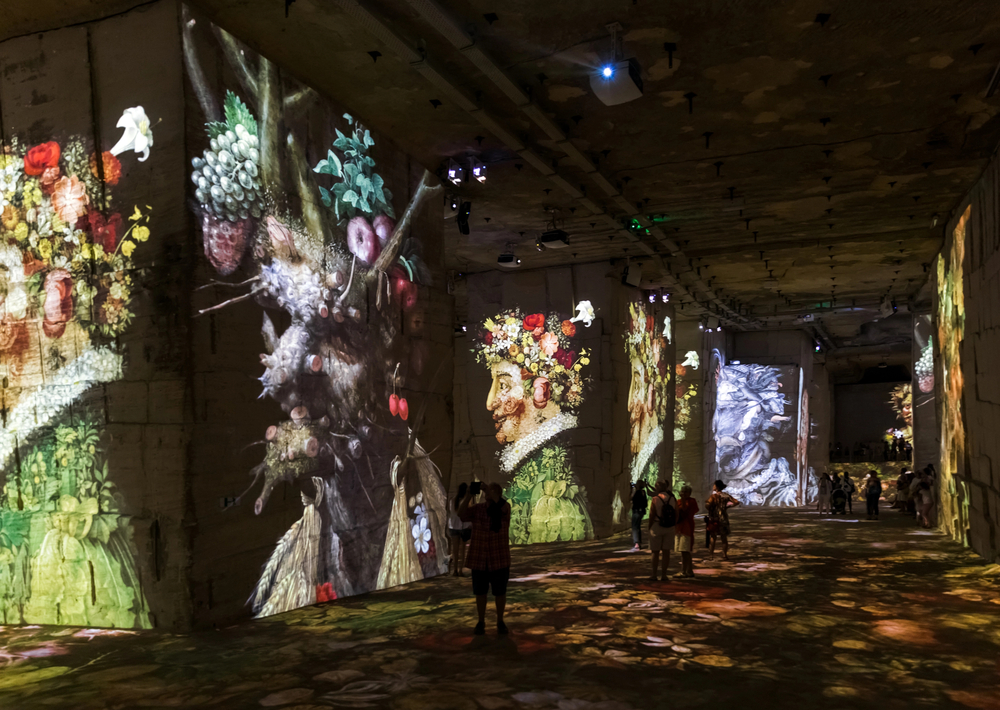
By incorporating architectural elements and animated content, projection mapping can create truly immersive environments that blur the lines between the real and the virtual.
By combining architectural elements, animated content, and clever use of scale and perspective, projection mapping can create stunning visual experiences that transport audiences to new worlds and leave them in awe.
Bringing Static Images to Life with Dynamic Corporate Presentations
In the corporate world, presentations are a fact of life. But all too often, those presentations are dry, boring, and forgettable. Projection mapping offers a way to change that, by bringing static images to life and creating dynamic, engaging presentations that leave a lasting impression.
Imagine a corporate keynote where the slides are not just flat images on a screen, but are instead part of a larger, animated scene that immerses the audience in the content. Where data and key messages are brought to life through stunning visualizations and interactive elements. This is the power of projection mapping in the corporate world.
Creating Content That Speaks Volumes in Projection On Walls
To create content that really speaks to audiences, creators need to think beyond the traditional bounds of 2D media. They need to consider how their content will interact with the physical space, how it will engage audiences on a sensory level, and how it will bring the content to life in new and exciting ways.
This requires a deep understanding of the projection on walls process, as well as a willingness to experiment and push the boundaries of what’s possible. But when done right, the results can be truly spectacular.
Projecting onto Irregular Surfaces with Advanced Software
That’s where advanced software come in. These software map out even the most complex surfaces, ensuring that the visuals are perfectly aligned and distortion-free.
By using advanced mapping techniques, creators can project images onto everything from sculptures and vehicles to entire buildings.
Conclusion
So there you have it, folks. 3D projection on walls isn’t just a fancy tech trick. It’s a tool for transformation, a way to turn any space into something extraordinary.
Whether you’re an artist looking to push the boundaries of your craft or a business owner trying to make a splash at your next event, 3D projection has something to offer. It’s not about the size of your budget or the scale of your vision. It’s about the power of imagination and the willingness to take risks.
Because at the end of the day, that’s what 3D projection on walls is all about: taking a leap of faith and seeing where it takes you. So go ahead, give it a try. You might just be surprised at what you discover.

